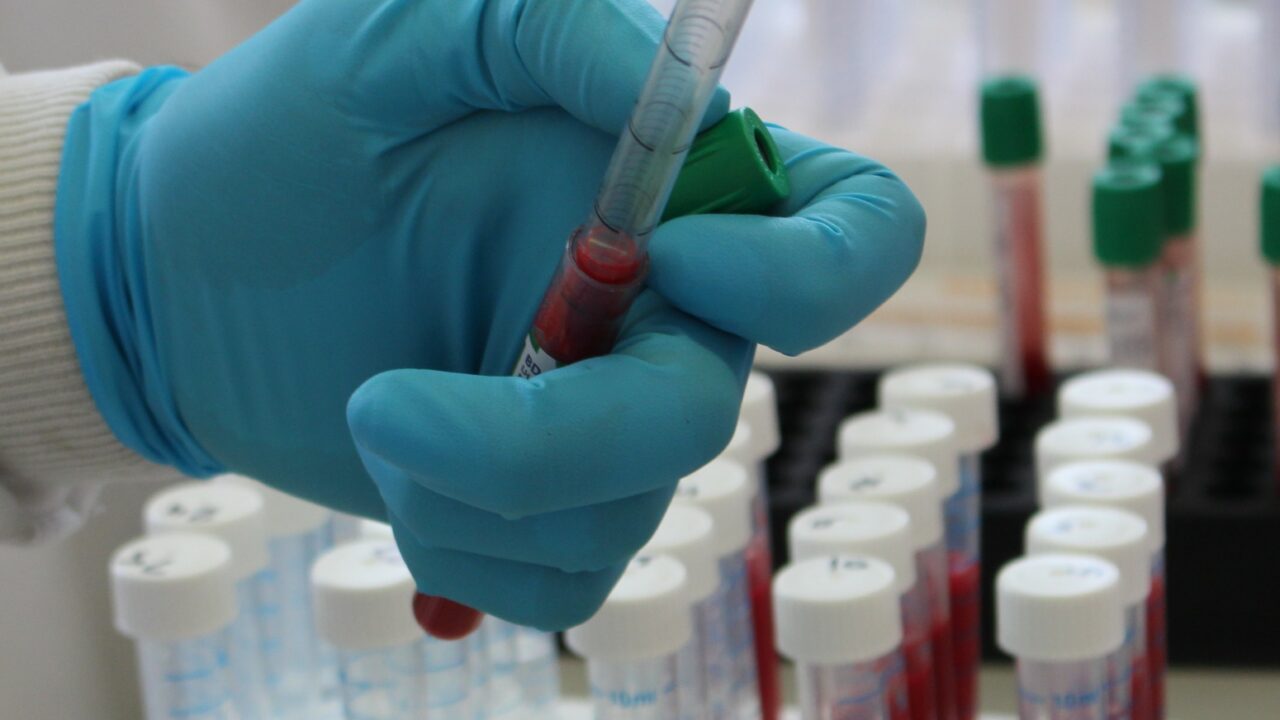Pioneering TB vet Dick Sibley introduces himself with a disclaimer: “Anything other than an approved test is a criminal offence – don’t do this at home,” he warns.
“You have to have signed permission from the Secretary of State to do this – which I now have – fortunately.”
Quad approach
However, despite the challenges getting approval, his ‘TB Quad System’ has yielded impressive results on its two trial farms. One of the farms had been closed because of TB for the guts of a decade; however, within two years Sibley had managed to get to the roots of the issue and free it from the disease.
Sibley’s TB Quad system is based on four pillars of disease control: improving biosecurity; surveillance; resilience and immunity; and managing biocontainment.
Sibley takes a stricter approach to the traditional skin test and records a reaction if any lumps appear. He believes dismissing the test if a top lump shows only desensitises the test and adds that he couldn’t find any good reason for doing this.
His more draconian reading means more animals will test positive – but this, he argues, reduces the risk of an undetected carrier remaining in the herd.
‘Infected, but not infectious’
He said: “The weakness of the current testing programme is that it’s looking for immunity against exposure. It doesn’t tell you whether an animal is infected or infectious. What we want to do is to find animals who are a danger to themselves and others around them.”
Sibley’s approach involves two tests: A phage test on a blood sample looks for the organism in very small levels inside the white blood cells and a dung test.
“The phage test will tell us whether the animal is infected or not,” Sibley explained. “We find a large proportion of animals who are infected but not infectious – they are what we call latent carriers.
“Some of those animals move from latency to shedding. We detect those from a dung test. Looking for the organism in their faeces. We looked for saliva and never found one so we don’t do that any more.
“Once they are shown to be shedding they are defined as infectious and they are either culled or isolated so that they don’t infect other animals.”
‘Latently infected’
Animals that are infected, but not infectious are left in the herd.
In each herd Sibley has worked with he records every reaction to the test and looks for patterns – cows with a history of reactions are more likely to move into the shedding and clinical stages of the disease.
Animals showing any reaction are tested every 60 days to catch their transition into the infectious stage of the disease earlier.
Sibley said that, to adopt the programme more widely, herds could be profiled based on their risk of infection in order to focus future approaches to the disease.
However, he warns that taking this approach without tackling TB in wildlife is similar to walking across a road while only looking one way.
“Sooner or later you’re going to get hit,” he warns.
TB in wildlife
Sibley is currently working on a three to five year programme in south-west England aiming to replace an infected badger population with a vaccinated immune population.
His work to tackle TB in wildlife has even won the backing of several animal rights lobbyists including Queen guitarist Brian May.
Sibley said: “We also used a test on badger latrines using the Warwick methodology where we map all the latrines and take at least 10 dung samples from each latrine over a period of time.
“30% of all samples that we took contained Mycobacterium bovis the active agent in the badger dung samples.
Work with Brian May
“Legally we are not allowed to do anything about it, but we needed to do something about it. So I went to Brian May’s charity – the Save Me Trust – and asked them what their view was on this and whether they could help us deal with the problem in the badgers, and they said that yes, they would be very happy to help.
“It’s been an amazing partnership; Save Me Trust has been paying to vaccinate the badgers and is monitoring the level of infection over the years to make sure the vaccine works and that environmental contamination is coming down.
We can’t expect farmers to take draconian measures to control the disease in cattle while there is still a reservoir of the disease in wildlife.
“So we either have to remove the badgers or vaccinate them. I think eventually there will be a mix-and-match just as there is in the South of Ireland – they have moved from culling to vaccination. However, I do think the role of the badger is over-exaggerated.”



